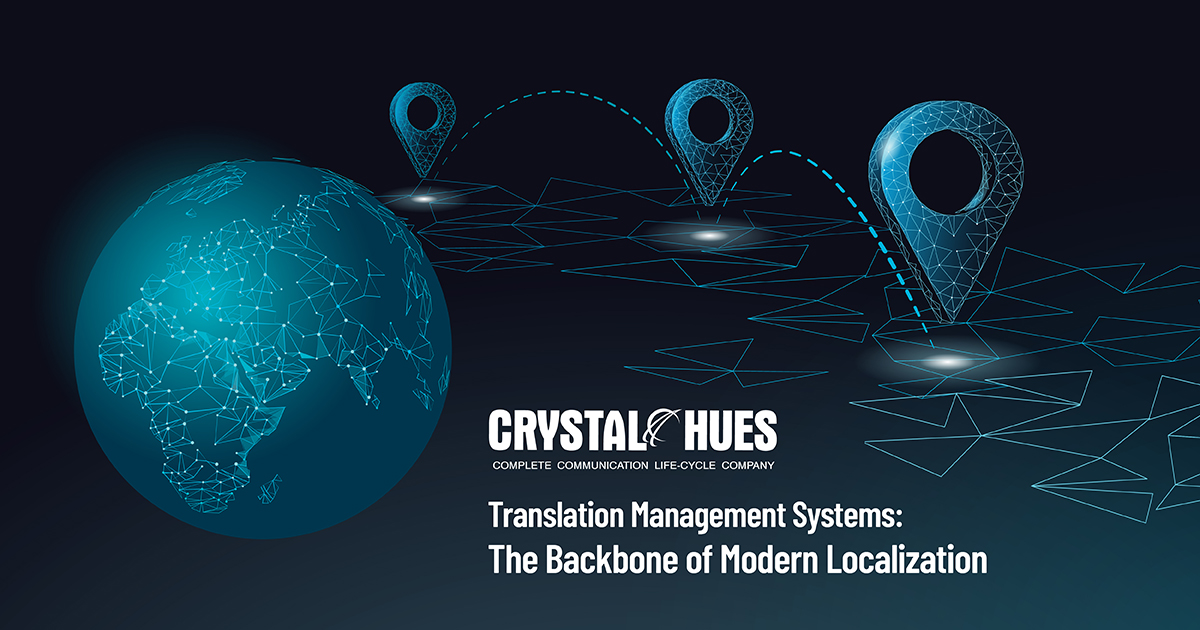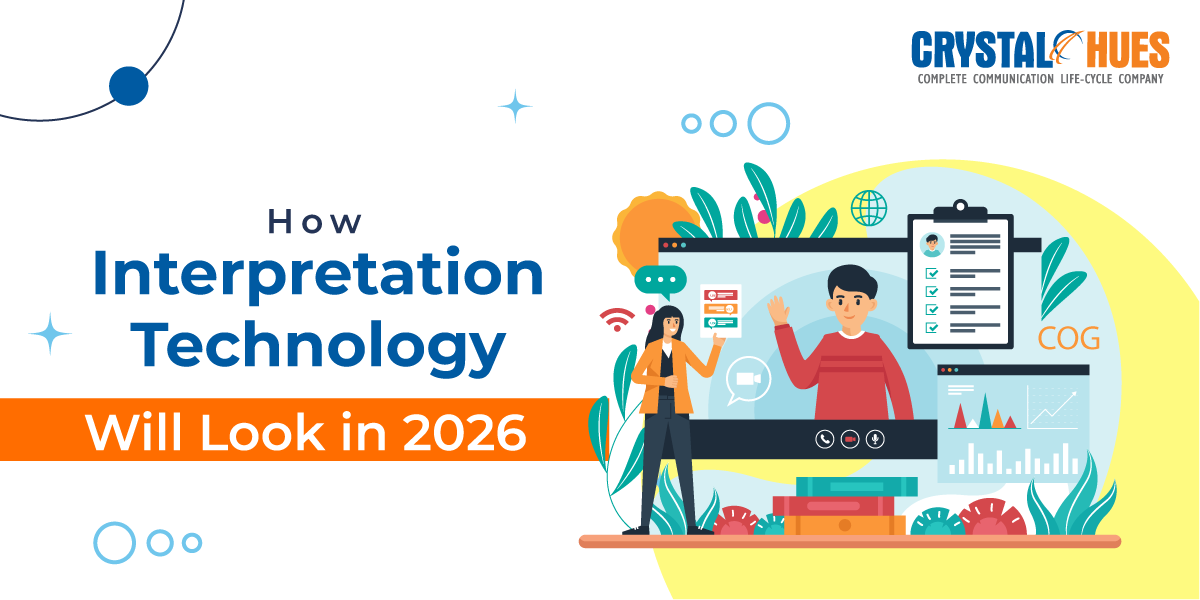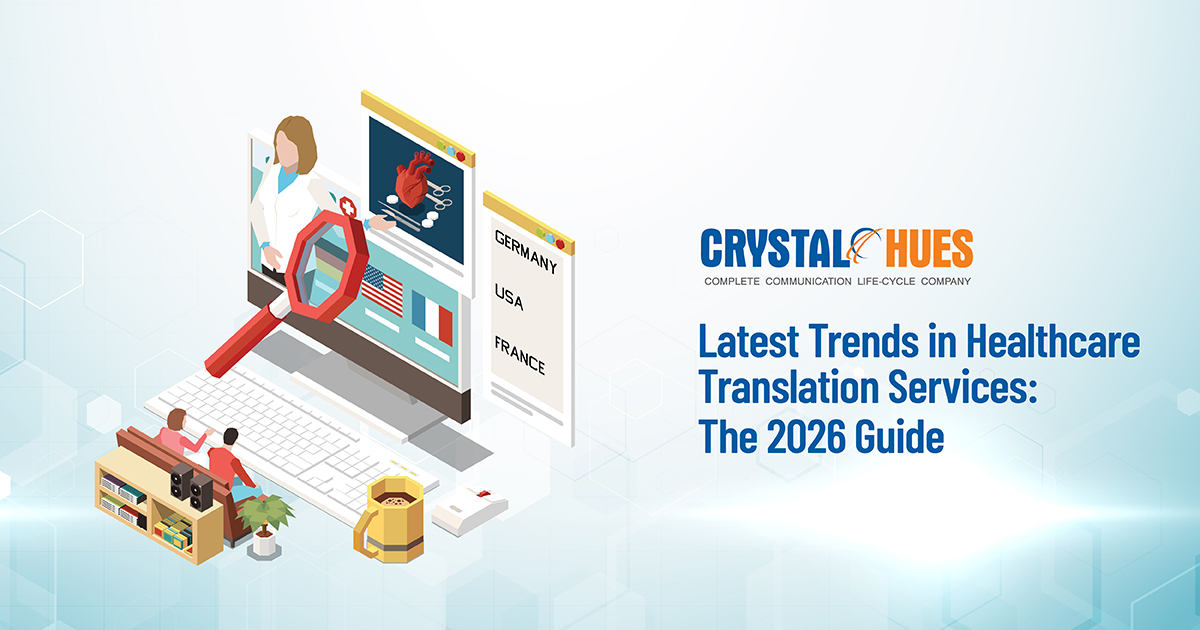
Why is TMS vital for Modern localization?
Translation Management Systems: The Backbone of Modern Localization
Localization companies are migrating towards the delivery of consistent, high-quality translations in various languages, across various platforms. Translation Management Systems (TMS) have become vital for localization companies, helping them to manage their complex workstreams more consistently and efficiently and communicate messaging & brand values uniformly in the global marketplace.
TMS solutions provide immense value and have emerged as a key topic within localization, with rapidly increasing interest and market adoption.
As you continue to read, you will understand why TMS matters and how it helps. However, let's first understand what TMS is.
What is a Translation Management System (TMS)?
A Translation Management System is software designed for the automation and management of the translation and localization process.
The focus is on applying automation to all repeatable, non-value-added tasks so that human translators can focus on the creative and nuanced parts of the language. TMS platforms centralize linguistic assets, automate workflows, and provide real-time collaboration for teams separated by distance and time zones.
Reasons Why TMS Matters
Increased Industry Demand
Demand for TMS solutions has never been more visible. Based on recent market research, TMS as an industry is rapidly growing, expected to increase from $2.2 billion in 2024 to $5.7 billion by 2030 with a compound annual growth rate (CAGR) of 17.2%.
Increasing globalization of businesses, expansion of digital content, and the requirement for efficient communication of businesses across languages and regions drive this growth.
Mainstream Adoption
Major brands around the world are adopting TMS platforms to handle their multilingual content needs at scale.
Having recognized how important technology is for efficient and high-quality localization, there won’t be an industry where TMS is not relevant as businesses move to increasingly efficient, digital channels for communicating their messaging and brand values.
Primary Characteristics and Advantages
1. Centralized Asset Management
All reference material, including translation memories, glossaries, and project files, is stored in a single location, creating a single source for all stakeholders.
Centralizing assets simplifies consistency and reduces duplicated work and errors.
2. Workflow Automation
Many TMS have automated time-consuming and tedious tasks such as hand-off of files, notifications, and quality checks to minimize or eliminate manual project management.
Automated workflows can route content to the right translator when content is updated and/or created; subsequently, the right reviewer is simultaneously looped in as well, so any delays in file hand-off can be reduced from the process.
3. Real-time Collaboration
Many TMS hosts are cloud-based, allowing many translators or reviewers, and project managers to work in real-time and at the same time, regardless of where they are located.
In-context editors and visual support tools help translators have higher accuracy and efficiency, allowing for faster content as content can be reviewed at the same time by reviewers if the TMS allows.
4. Translation memory and glossaries
Translation Memory (TM) stores prior translation files, so the content can be reused and consistency across projects can be achieved.
Glossaries manage approved terminology; unless requested otherwise by the company, new terminologies reduce revision cycles on projects and improve overall quality.
5. Integration Potentials
Current TMS platforms utilize integration with content management systems (CMS), marketing automation tools, and developer platforms, enabling teams to automate content input/output as well as continuous localization.
6. Reporting and Analytics
Dashboards and Reporting components offer timely insights into translation progress, costs, and vendor performance, ultimately supporting data-driven decision making.
Impact on Localization Companies
1) Efficiency and Cost Reduction
By automating minimal value tasks and taking advantage of translation memory, companies benefit from a reduction in discretionary operations cost and an uplift in productivity, often achieving efficiency improvements in the range of 20–40%. Managers who would have invested time in administrative controls now invest that time in higher value controls.
2) Quality and Consistency
Centralized assets combined with automated quality checks assure that translations are accurate, consistent, and follow brand guidelines. Changes take less time, and errors become less frequent, saving time and money on error reconnections.
3) Scalability
TMSs are purposefully designed to flex and scale with changing business requirements, to handle everything from small business projects to enterprise-level localization programs that have demands in hundreds of languages.
Selecting a TMS
Localization companies will want to take into account the following as they consider TMS configuration:
- Supported Language pairs and file formats
- Integration with existing tooling
- Automation and workflow
- Collaboration between distributed teams
- Security and compliance standards
- Reporting and analytics
Common languages used for TMS tools include, but are not limited to, Lokalise, Phrase, Smartling, Transifex, and Weglot, all of which will have contrasting capabilities and capabilities defined in sales literature based on varying business and technical requirements.
Future Trends
The TMS landscape is rapidly changing, with trends including:
- Integration of AI and machine learning for smarter, context-specific translation
- More languages are supported to be in alignment with the global market
- Increased automation for greater efficiency and transparency, and real time reporting
Conclusion
For localization companies, a strong TMS is not an optional add-on feature, it's a competitive must-have. The recent spike in industry demand and mainstream recognition reinforces the essential services that TMS platforms offer in the localization workflow today. By centralizing assets, automating processes, and facilitating collaboration, a TMS affords teams the power to scale quality and consistency to deliver translations that enable brands to better connect with customers globally.



